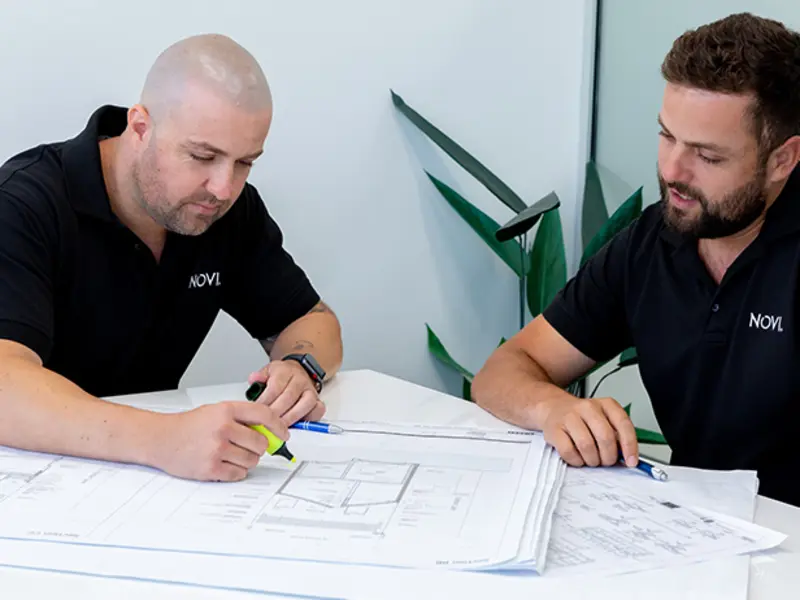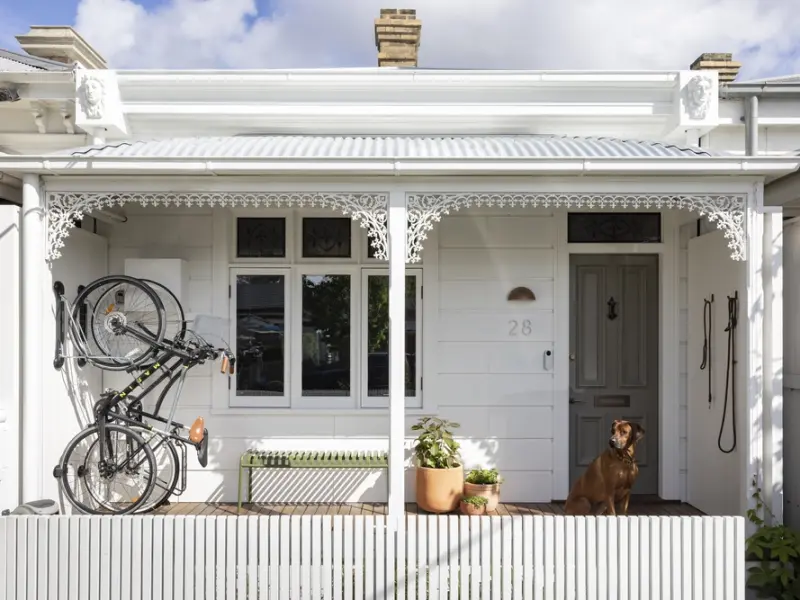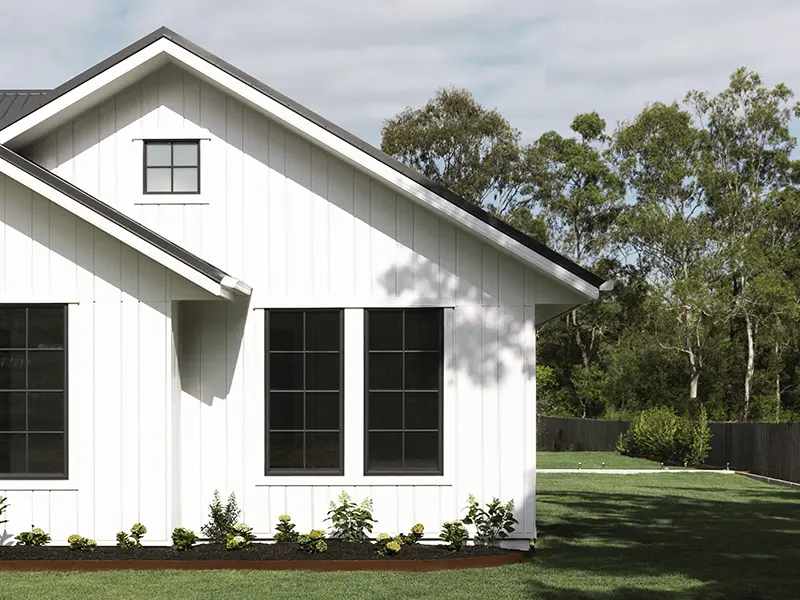
Cladding to cabinetry: How to brief your builder on materials
A house is so much more than four walls and a roof. In fact, from tiles to timber and cladding to cabinetry, it takes a medley of materials to build a home.
“Every building material used on a project needs to be selected and specified by someone,” says Rebeka Morgan, founder of BuildHer Collective. “As a homeowner, never assume that the builder or tradie will make a decision in line with what you decide. It’s best to make the decisions yourself.”
Read on for advice on choosing building materials, briefing your builder and keeping track of your selections.
Choosing building materials
Materials matter. In fact, they impact the quality, durability, character and aesthetic of your home. Keep in mind that historically, Australian homes were built from locally sourced natural materials, but today we’re seeing a move towards man-made materials such as fibre cement cladding and engineered timber flooring. These finishes mimic the look of natural materials while being cost-effective, readily available and made to last.
For each material required in your project – from the floor to the ceiling and everything in between – ask yourself the following questions:
Is it durable?
Is it cost-effective?
Will it match the aesthetic of my home?
Is it sustainable?
What is its energy rating?
Is it naturally insulating, or can insulation be built in?
Is it easy to maintain?
Aim to answer yes to as many of these questions as possible before settling on a material.
Briefing your builder
Once you have a clear vision for your house materials, start speaking to prospective builders; you could even set out to engage a builder who specialises in your material of choice. It’s best to agree on the details early on – right down to the specific brick type – to save on confusion or disputes down the track.
If the builder pushes back on your material selection, stand firm. Come armed with visual references and examples of projects that showcase the finishes you’re keen to replicate – and keep your eye on the prize, your dream home.
According to Rebeka, unless you’re seeking to use a particularly unique specialty product, most builders should be able to work with the materials you desire. But detailed communication, before and throughout the project, is key. “Always ensure you provide your builder with the right material specifications, and if there’s a specific treatment you’re after, ensure this is signed off, with a sample supplied,” she explains.
Navigating disagreements
On rare occasions, a difference of opinion relating to materials may halt or hinder your project, which is why written agreements are essential.
“If there are any issues with the proposed material selection, the builder should highlight these early and upfront,” says Rebeka. “Generally, the builder will have accepted what was in the documentation, and your contract will have a process of communication and dispute resolution to follow.”
Always consider both sides of the debate. “Be courteous and try to understand why the builder is having issues,” she continues. “For example, could the builder be concerned that a non-standard or non-compliant material might lead to longevity issues for your build?”
If you’re still at odds, you might come to an agreement whereby you exclude these particular house materials and areas of work from the builder’s contract, and engage your own tradesperson to complete this part of the project.
Keeping records
Throughout a renovation or build, you’ll make hundreds of decisions, so make sure you document your material selections along the way. Choose between a physical or digital folder for filing the relevant paperwork, and place a page at the start that lists and summarises all of your building materials, including each item’s supplier, product name, style and details, and any additional notes.
“It’s really handy to keep these records for when or if you’re trying to match a product or paint colour down the track,” says Rebeka. “This document should also be accompanied by the warranty information for each material, and if you want to be really organised, you could draw up a maintenance schedule to ensure material upkeep going forward.”
Find a Builder
Whether you are building your new dream home or renovating your existing, finding the right builder who can achieve the look you want is critical. We created our Find a Builder tool to help homeowners like you choose the right builder to help you bring your vision to reality.

Choosing building materials thoughtfully and taking the time to brief your builder will not only help your project run smoothly, but also ultimately elevate the end result. For more tips on communicating and working with your builder, click here, and see here for more information about the benefits of fibre cement cladding.











